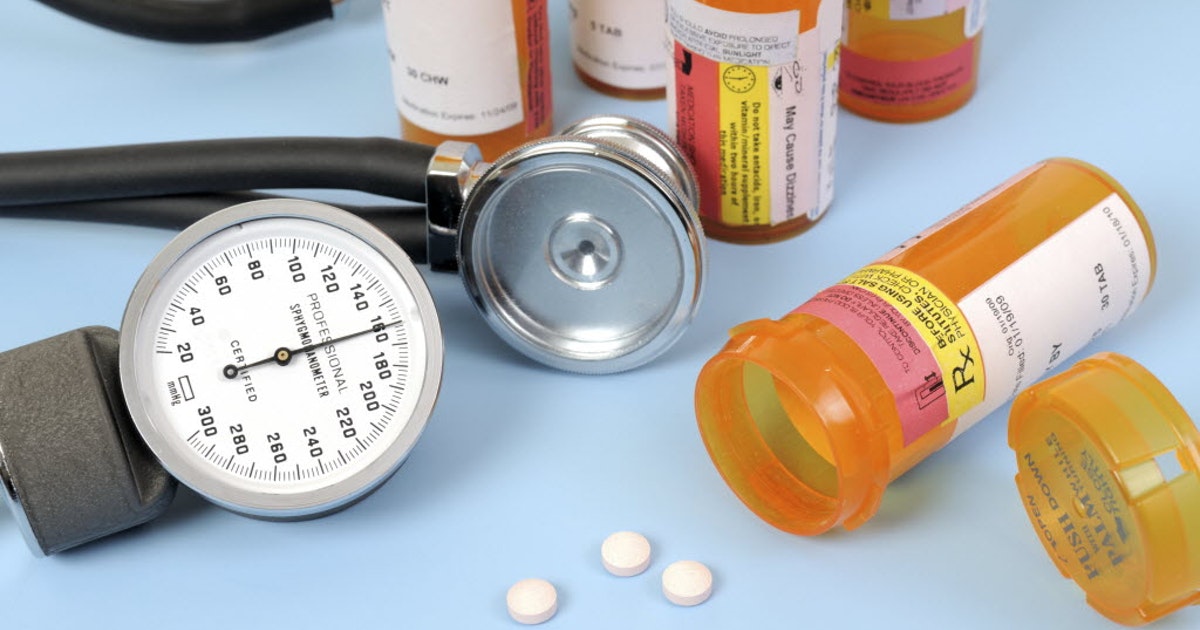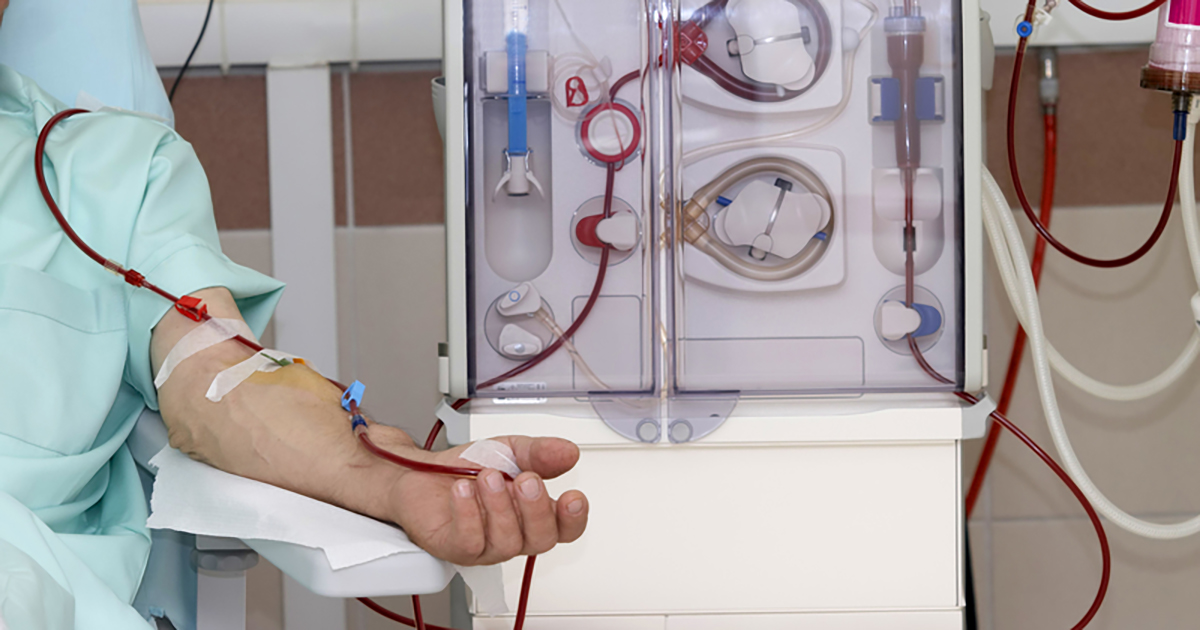How To Treat And Manage Renal Vein Thrombosis
Renal vein thrombosis is the occurrence of a blood clot in a renal vein. Everyone has two renal veins, and they're responsible for draining oxygen-depleted blood from the kidneys. A clot can occur in one or both of them, but the disorder is uncommon. The blood clot will eventually lead to reduced drainage of at least one kidney and can cause severe damage. It may also migrate to other areas and cause life-threatening injuries.
Renal vein thrombosis mainly affects infants who have blood clotting abnormalities or are suffering from dehydration and adults with nephritic syndrome, which is a kidney disorder. Common symptoms include decreased urine output, bloody urine, or lower back pain. Diagnostic tests for renal vein thrombosis include a urinalysis, CT scan, or a magnetic resonance imaging (MRI) test. Treatments range depending on the severity of the clot.
Medication

Medication is the most common form of treatment for renal vein thrombosis. Intravenous and oral anticoagulants are prescribed to prevent blood clots from forming and have become the standard treatment for this condition. Anticoagulants are blood thinners, and some patients may need them for a lifetime if their renal vein thrombosis is severe. Warfarin and heparin are two of the main anticoagulants used to treat renal vein thrombosis. The more popular of the two is heparin because of its convenience and low risk of complications. Warfarin, on the other hand, has many known contraindications with other drugs.
Side effects of anticoagulants include excessive bleeding, extreme bruising, headaches, back pain, breathing difficulties, or chest pain. Warfarin can bring about nausea, vomiting, diarrhea, hair loss, or rashes. Patients taking heparin may experience hair loss and a decrease in the number of platelets in the blood, but this medicine is required to restore normal renal function. Patients will more than likely experience long-term kidney damage without it. It’s crucial for renal vein thrombosis patients to get the appropriate medicine in a timely manner to prevent migration of the blood clot and improve their chances of survival. Patients suffering from nephritic syndrome should seek immediate medical attention if they experience any renal vein thrombosis symptoms.
Dialysis

Dialysis may be needed for renal vein thrombosis patients who experience extensive kidney damage and renal failure. It’s an artificial way to carry out the responsibilities of the kidney. A machine is used to filter and purify the blood. This is a temporary treatment to help kidneys function normally and keep the body in balance. This process removes the toxins, salt, and excess water from the blood so they don’t accumulate in the body. It also works to maintain safe levels of specific chemicals like potassium and helps control blood pressure. This process is also referred to as renal replacement therapy. Dialysis is also used for patients with chronic kidney disease and end-stage renal disease.
Surgery

Surgery used to be the primary mode of treatment for renal vein thrombosis but has since been replaced by more conservative treatments like medication. Surgical removal of the blood clot is still possible but is seldom performed because it’s risky and very invasive. Some procedures use catheterization to open blockages, but they’re not considered surgical procedures. In cases where a renal artery is blocked, catheterization involves a long, narrow tube being inserted into the vein and towards the blocked blood vessel. This is done with angiography, which is the term for x-ray guidance. The catheter in this procedure is equipped with a device to widen the area and open the blocked vessel. A stent, which is a metal mesh tube, can also be used to keep the area open. This interventional procedure can be used instead of a surgical procedure.
Patients with severe cases of renal vein thrombosis may need surgical intervention to remove the blood clots from the vein. These procedures include a renal endarterectomy and a surgical bypass. An endarterectomy eliminates the blockage from the inner lining of the renal artery, while bypass surgery makes a new way for blood to flow around the blocked areas of the artery. A complete blockage of the renal vein or severe complications may require surgical removal of the kidney, but this is very rare.
Staying Hydrated

A variety of conditions can cause renal vein thrombosis, so there’s no way to stop it from developing. Drinking water is an easy way to help maintain good blood circulation and flush toxins from the body, and these actions work to reduce the risk of developing clots. Staying hydrated is necessary for overall good health, but it's especially important for reducing the risk of developing blood clots. Dehydration can increase an individual's risk of developing a blood clot because it causes their blood to thicken.
Individuals can gauge their water intake by checking their urine. Dark yellow urine means they’re not drinking enough water, and a healthy color is light yellow to clear. Drinking water should be free of contaminants. Studies have linked a connection between air pollution and blood clots. Industrial pollution is becoming widespread, and the risk of contaminants in drinking water is steadily increasing, so it's important to ensure drinking water is safe.
Get Active

Individuals who live sedentary lifestyles may also have a higher risk of developing conditions associated with blood clots. For example, sitting for long periods has been linked to several conditions caused by blood clots. Individuals who fly long distances on a frequent basis, especially those who have had a surgical procedure, have an increased risk of venous thrombosis, which occurs when a blood clot forms within a vein. Thrombosis is a medical term used for a blood clot that occurs inside a blood vessel. Get active to improve circulation and lessen the risk of blood clot formation.
